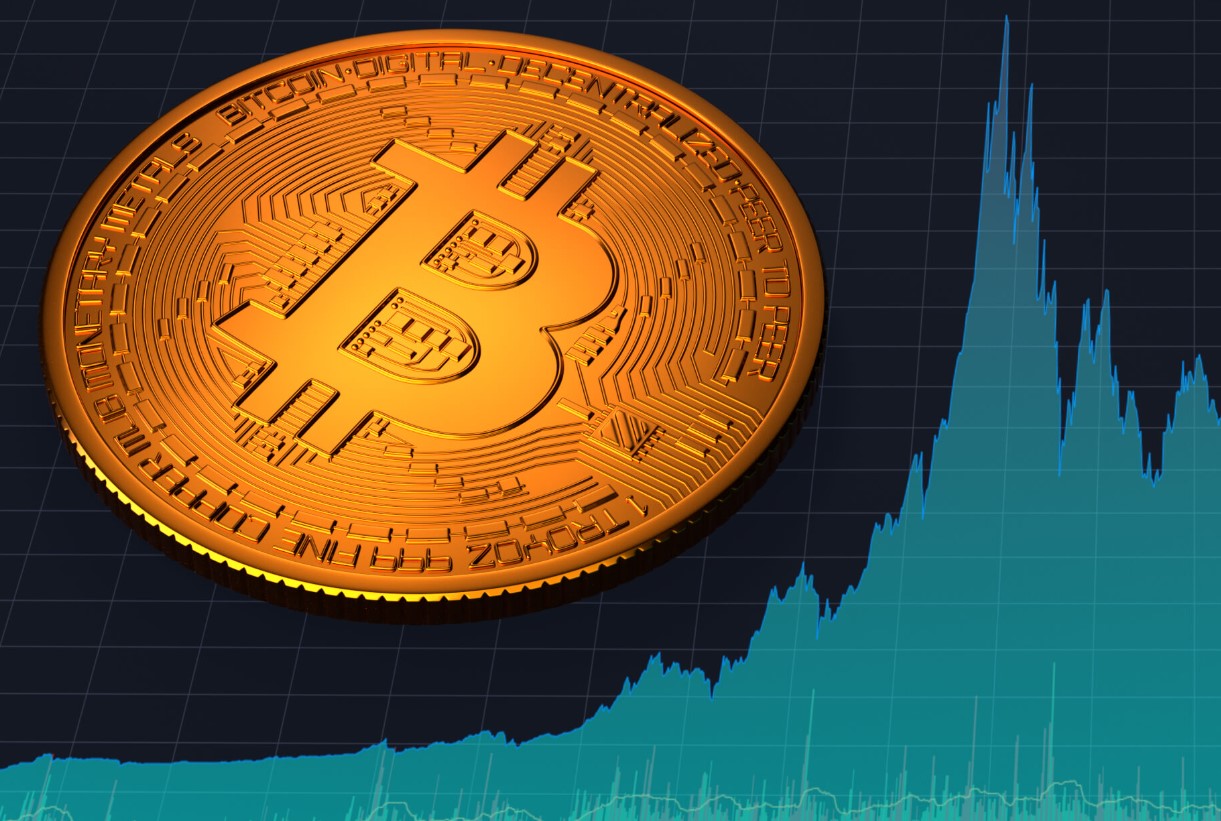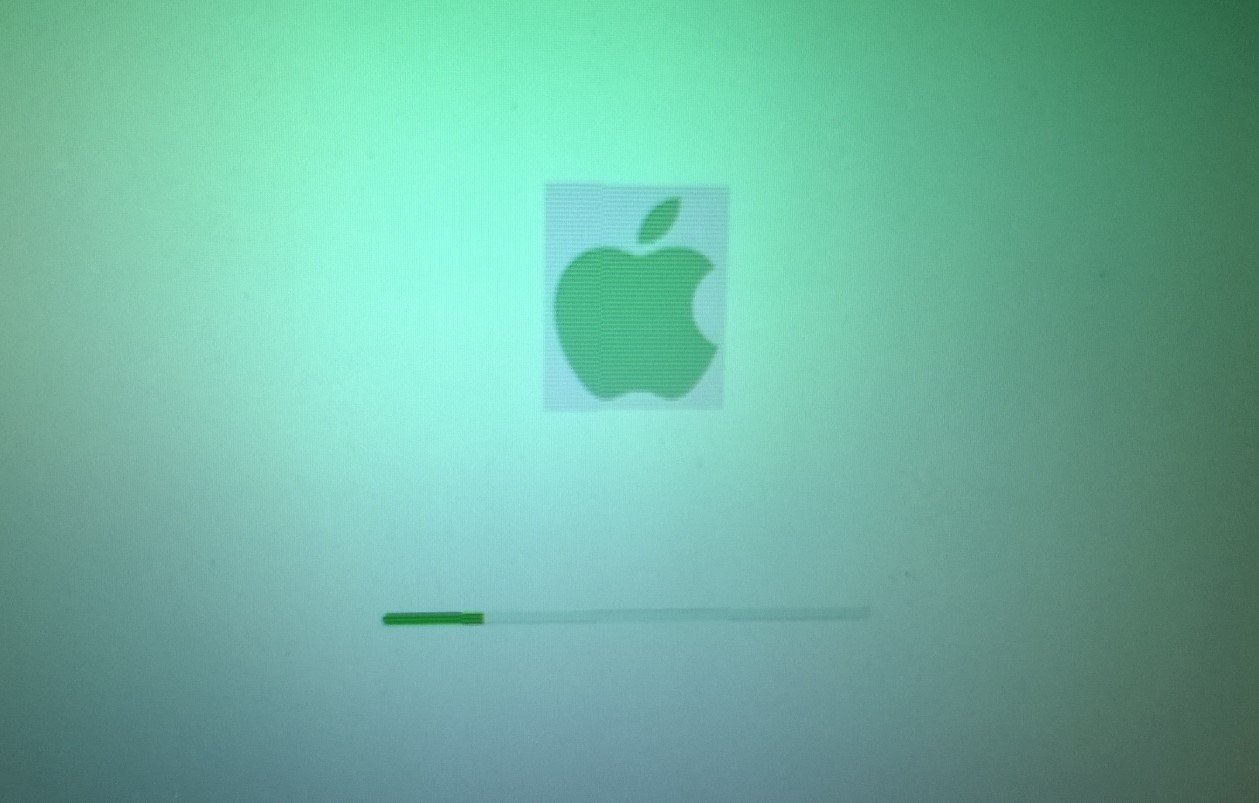News
Bitcoin Hits Speed Bump After Record High, But Investors Stay the Course
Bitcoin soared past $111,000 in May, hitting a fresh all-time high and reigniting bullish chatter across Wall Street and crypto Twitter. But instead of continuing on a rocket ride, it stumbled — falling back to around $105,000. Now, everyone’s asking: is this a real dip, or a warning shot?
It might sound like déjà vu for longtime Bitcoin watchers. Yet this time feels a little different. The panic button hasn’t been hit. In fact, it seems like the big money is just getting warmed up.
Bitcoin’s Wild Days Aren’t What They Used to Be
Back in the early 2010s, Bitcoin was chaos. Wild swings of 30% in a single day weren’t outliers — they were normal. Flash forward to today, and Bitcoin’s price behavior looks more like a blue-chip stock than a back-alley gamble.
Volatility has cooled off in a big way. According to data from CoinGlass, the 30-day volatility rate for Bitcoin is now under 2% as of May 2025. Just a few years ago, during the peak of the 2021 crypto rally, that number hovered near 9%.
That’s a massive shift.
The cause? A big part of it is institutional money. Hedge funds, pension funds, and Fortune 500 treasuries aren’t looking for roller coasters — they want reliable, liquid assets. Their steady hands are slowly reshaping Bitcoin’s personality.
Is the Price Drop Really a Problem?
Some investors flinched when Bitcoin fell back below $106,000. The psychological line of $100,000 looms large. But that number doesn’t tell the whole story. If anything, the current pullback is looking more like a pause than a pivot.
The idea of “buying the dip” — once laughed off as millennial meme-speak — is now Wall Street gospel. Bitcoin ETFs saw inflows surge again in late May, after a short-lived slowdown in April.
Here’s the kicker:
Bitcoin has been the best-performing asset in 10 of the last 13 years
In January 2023, it traded under $17,000
Just 29 months later, it crossed $111,000
That kind of resilience isn’t just rare — it’s borderline unheard of in modern finance.
Some folks are whispering that this recent drop was healthy. A reset. A chance to shake out the noise before the next leg up.
Big Money Keeps Buying, Even at Highs
It’s not just Reddit traders scooping up coins. Institutions — the same ones that once called Bitcoin a Ponzi scheme — are quietly doubling down.
ETFs tell the story. Since the launch of U.S. spot Bitcoin ETFs in early 2024, billions in new capital have flooded the market. Even after a slight pullback in April, inflows resumed in May. Fidelity, BlackRock, and ARK all reported upticks in demand.
Here’s a quick look at Bitcoin ETF inflows since February 2025:
| Month | ETF Net Inflow (USD) |
|---|---|
| February | $1.6 Billion |
| March | $2.4 Billion |
| April | -$0.3 Billion |
| May (to date) | $1.1 Billion |
If anything, the pause in April seems to have refreshed investor appetite. Even at nosebleed levels, the demand hasn’t vanished — it’s just smarter and slower.
Prediction Markets Still Point to More Upside
So how high could Bitcoin go this year?
According to aggregated prediction market data from Polymarket and Kalshi, investors think there’s a 61% chance Bitcoin hits $125,000 by year-end. The odds drop as the numbers go higher — 30% for $150,000, and just 12% for a $200,000 target in 2025.
That lines up with what big-name firms were forecasting at the start of the year. In January, several analysts — including from Standard Chartered and Bernstein — floated $200K as a legitimate 12-month target.
Notably, even conservative voices aren’t sounding alarms. Most say the price action is more technical than emotional. Bitcoin’s reputation as digital gold is sticking.
The Long-Term Story is Intact
Bitcoin might wobble short-term. That’s not new. What is new is how people are reacting. Panic selling? Pretty rare now. Everyone from retail investors to pension fund managers seems to be leaning into the idea that Bitcoin is a marathon, not a sprint.
Historical data supports this shift. In every major Bitcoin crash — 2014, 2018, 2022 — prices not only recovered but soared higher. And with inflation uncertainty, geopolitical tension, and fiat skepticism still high, the case for an uncorrelated store of value is stronger than ever.
Also worth noting — the supply side of the equation isn’t changing. Bitcoin’s halving in April reduced new coin issuance by half. Less supply, same or higher demand? That’s Economics 101.
This Pullback Isn’t a Panic Button
So, should you be worried?
Honestly, probably not. Bitcoin may have cooled off a bit, but the big-picture trend is still pointing north. Institutional inflows, reduced volatility, and bullish prediction markets suggest this isn’t the top — just a breather.
Here’s what matters most right now:
Volatility is at multi-year lows
ETF inflows are back on track
Long-term adoption keeps rising
Even if Bitcoin takes its time, momentum is building. Slowly. Quietly. And maybe permanently.















